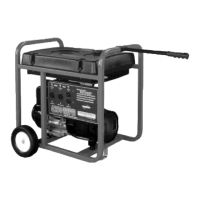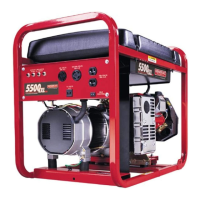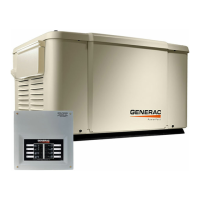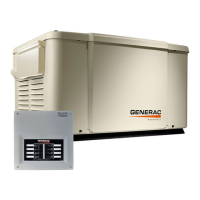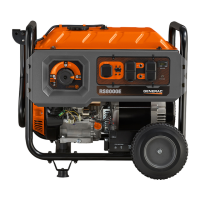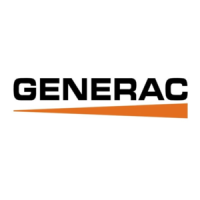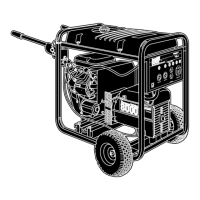Site Selection and Preparation
Installation Guidelines For Spark-Ignited Stationary Generators 13
Fresh Air for Ventilation and Cooling
Install unit where air inlet and outlet openings will not
become obstructed by leaves, grass, snow, etc. If prevail-
ing winds will cause blowing or drifting, consider using a
win
dbreak at a safe distance to protect the unit.
Water Ingress Avoidance
• Select a location on high ground where water
levels will not rise and flood the generator. This unit
should not operate in, or be subjected to, standing
water.
• Install unit where rain gutter downspouts, roof run-
off, landscape irrigation, water sprinklers, or sump
pump discharge does not flood unit or spray
enclosure, including any air inlet or outlet
openings.
• Excess moisture can cause excess corrosion and
decrease life expectancy of the unit.
Proximity to Utilities
• Contact local utility providers and verify proposed
site selection meets all required utility placement
requirements before installation. This could affect
warranty coverage.
• Remember, laws and or codes may regulate
distance and location of unit to specific utilities.
• It is recommended to pick a location where the
generator is as close as possible to the transfer
switch and the fuel supply, while verifying the site
location conforms to the rest of the Site Selection
section.
Transportation Recommendations
Use a suitable cart or equipment to carry generator,
including wooden pallet, to installation site. Place card-
board between cart and generator to prevent any dam-
age or scratches to generator.
Do not lift, carry, or move generator by grasping the
louv
ers. Doing so may bend or damage the sheet
metal.
Site Preparation
Generator Foundation
Install the generator on a concrete pad or base slab able
to support its weight and accessories. A correct founda-
tion is needed to resist dynamic loading and reduce
tra
nsmitted noise and vibration. The exact composition of
the mounting pad must follow standard engineering prac-
tices for the required loading and application. Securely
f
asten generator to the foundation using suitable
grade, size, and style fasteners. Holes are provided in
the base frame for this purpose.
Concrete Pad
Follow all federal, state, and local codes when designing
a concrete pad or base slab.
Seat concrete pad on a prepared solid subsurface and
use
appropriate reinforcing bar or expanded wire mesh.
A common specification calls for 2,500 psi (17.24 MPa)
concrete reinforced with 8 gauge wire mesh.
Dimensions
Extend concrete pad beyond the frame of the unit at least
3 in (7.62 cm). A concrete pad extending 6 in (15.2 cm)
beyond the frame of the unit is suggested to provide a
mounting surface for fuel line support, and space for
maintenance and repair.
The base pad must be:
• Capable of supporting 125% of the unit wet weight
for single unit applications.
• Flat and level to within 0.5 in (13 mm).
• Capable of withstanding severe torque reactions.
To calculate the depth of the concrete pad, the following
fo
rmula may be used:
Depth of Base =
W
Density x B x L
W = Total wet weight of generator set in pounds (kg)
Density =
Density of the concrete:
• 150 pounds per ft
3
• 2,400 kilograms per m
3
B = Foundation width in ft (m)
L = F
oundation length in ft (m)
Suggested mixture of concrete (by volume) is 1:2:3 of
ceme
nt, sand, and aggregate with a maximum 4 in (100
mm) slump with a 28 day compression strength of 3,000
psi (20.7 MPa).
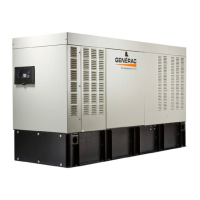
